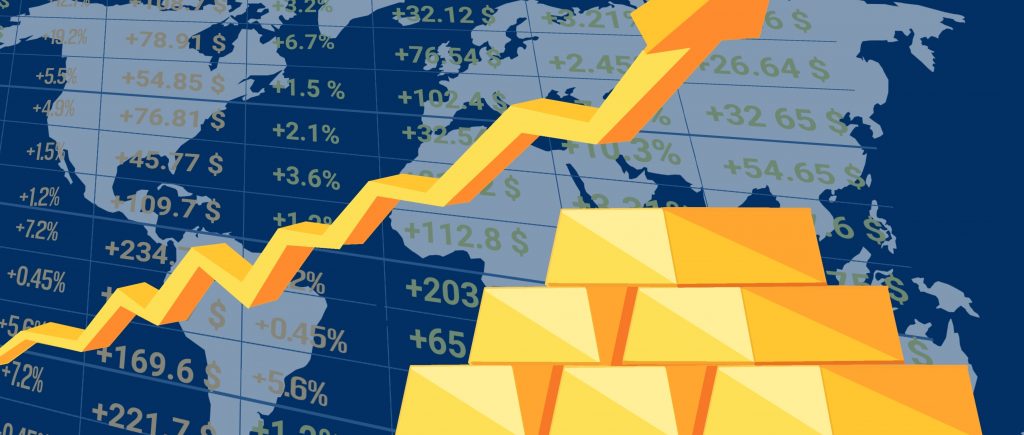Gold prices have soared to $3,385 amid escalating tensions in the Middle East, driven by Iran’s missile strikes on U.S. bases and Israel’s intensified bombing of Tehran. This surge reflects heightened geopolitical risks overshadowing economic data, with the U.S. dollar and Treasury yields sliding. The situation demands a closer look at Iran’s actions, the broader implications, and what lies ahead.
Iran’s Retaliatory Strikes
Iran launched missile attacks on U.S. bases in Qatar, Kuwait, and Iraq, responding to U.S. strikes on its nuclear facilities at Fordow, Natanz, and Isfahan. The U.S. operation, dubbed “Midnight Hammer,” involved B-2 Spirit bombers and Tomahawk missiles. Iran also approved the closure of the Strait of Hormuz, a critical global oil chokepoint, and fired missiles at Israel. These moves signal a bold escalation, risking further disruption to global trade and energy markets. The closure of the Strait, if enforced, could spike oil prices and exacerbate inflationary pressures worldwide.
Israel’s Assault on Tehran
Israel’s bombing of Evin prison in northern Tehran marked its most intense attack yet on the Iranian capital yet. This strike, following U.S. entry into the conflict, has amplified fears of a wider regional war. The targeting of a high-profile site like Evin, known for housing political prisoners, suggests a strategic effort to weaken Iran’s internal stability. The cycle of retaliation between Israel and Iran shows no signs of abating, keeping gold as a safe-haven asset in high demand.
Economic Context and Gold’s Appeal
Despite Federal Reserve Governor Michelle Bowman’s openness to a July rate cut if inflation remains contained, macroeconomic data has taken a backseat. The U.S. Dollar Index fell 0.25% to 98.52, and 10-year Treasury yields dropped to 4.306%, bolstering gold’s appeal. Fed Chair Jerome Powell’s upcoming congressional testimony and the release of Core PCE inflation data will provide further clues on monetary policy, but geopolitical risks currently dominate market sentiment. Gold’s rally, nearing $3,400, reflects its role as a hedge against uncertainty.
Looking Ahead
The Middle East conflict’s trajectory hinges on whether Iran’s closure of the Strait of Hormuz materializes and how the U.S. and Israel respond. A prolonged standoff could deepen global economic strains, with gold likely to test higher resistance levels like $3,450 or even $3,500. Conversely, de-escalation—though unlikely in the near term—could see gold retreat toward $3,315. For now, the world watches as Iran’s bold moves and Israel’s relentless attacks keep markets on edge. Gold’s upward momentum underscores the urgency of diplomatic efforts to avert a broader catastrophe.

 Noor Trends News, Technical Analysis, Educational Tools and Recommendations
Noor Trends News, Technical Analysis, Educational Tools and Recommendations




